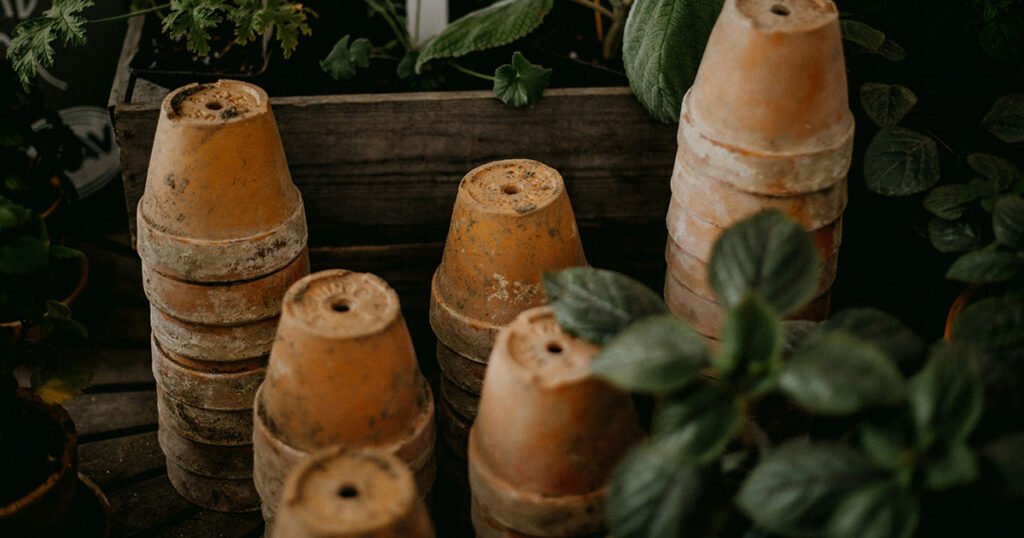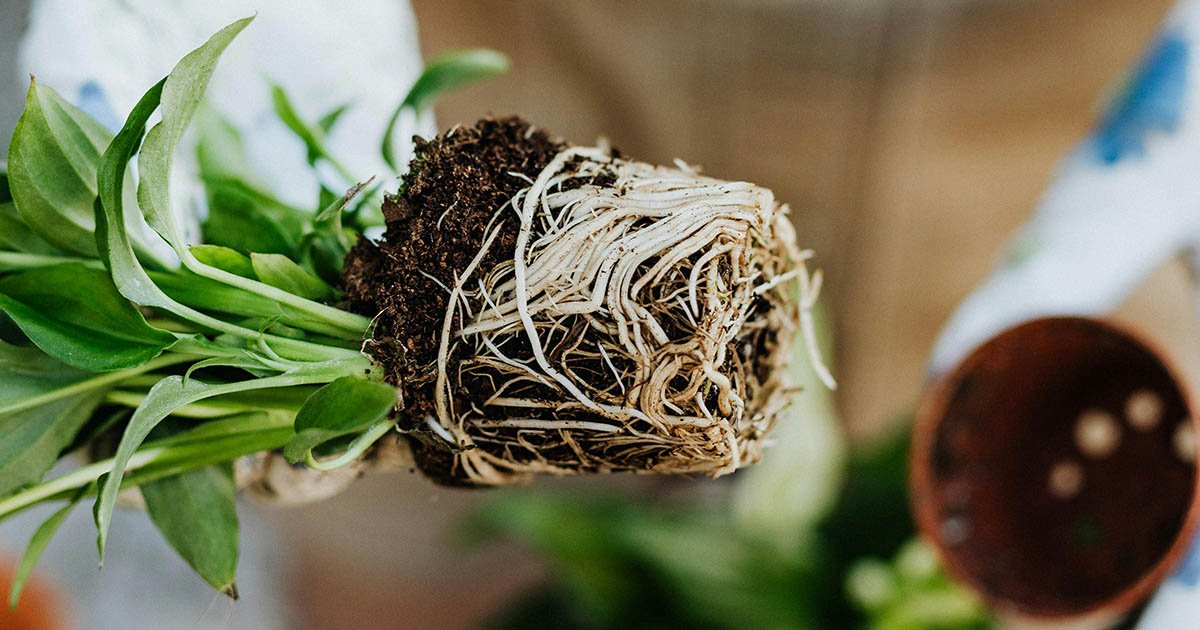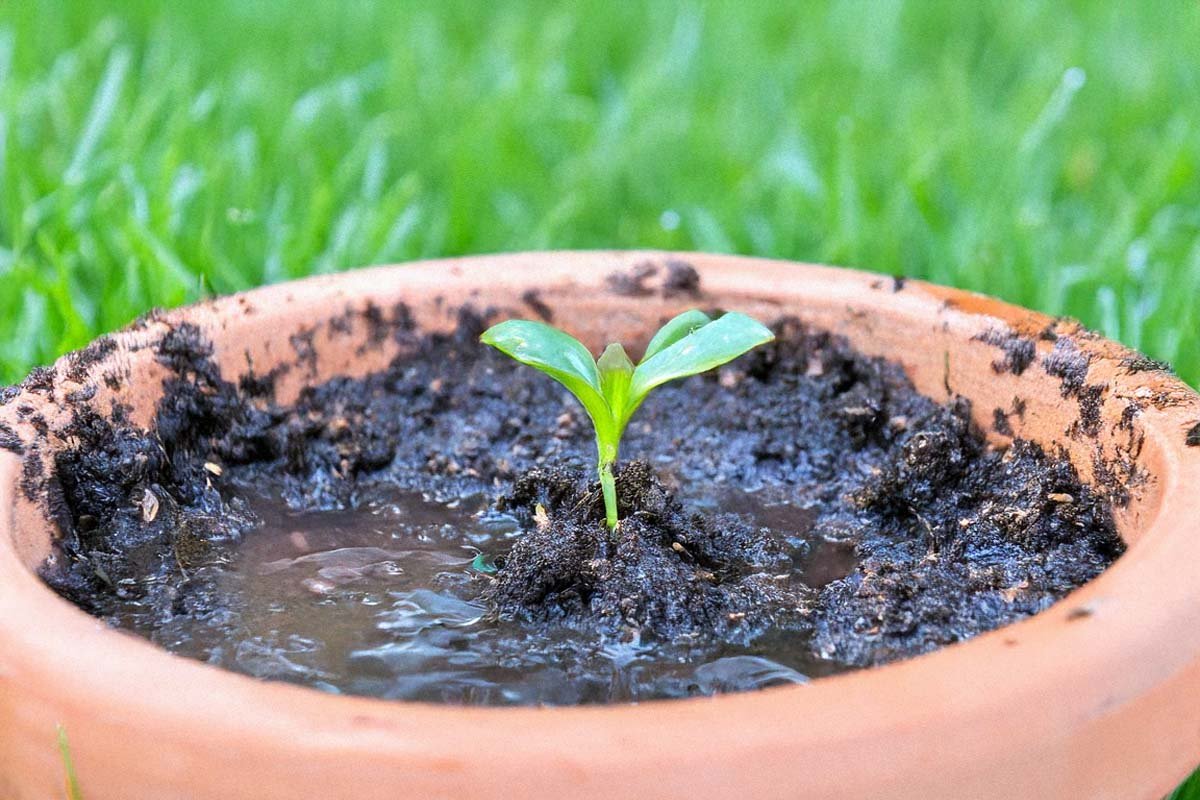Healthy houseplants begin underground. While sunlight, humidity, and water play their roles, proper drainage is what keeps root systems alive and thriving. Without it, roots suffocate, rot, or fall victim to fungal disease.
In this guide, we’ll explore proven, low-maintenance ways to optimise drainage, reduce root stress, and support long-term plant vitality.
Why Drainage Is Essential for Houseplants
Healthy houseplants start with healthy roots. When water can’t escape the soil efficiently, your plants suffer. Poor drainage leads to:
- Root rot: caused by prolonged water exposure
- Pest infestations: fungus gnats thrive in moist soil
- Nutrient loss: excess water flushes out essential minerals
- Stunted growth: due to a lack of oxygen at the roots
Ensuring good drainage means your plants get the right balance of moisture and airflow.

1. Choose Well-Draining Soil Mixes
The ideal potting mix allows water to pass through quickly while holding just enough moisture for roots to absorb. Look for mixes that include:
- Perlite or pumice: boosts aeration and drainage
- Coconut coir or peat: retains moisture without compacting
- Bark chips or horticultural charcoal – improves structure and flow
Avoid using garden soil as a potting medium for indoor plants; it’s compact and will retain too much water. For more information on indoor potting mixes and DIY recipes, click here.
2. Choose Pots with Proper Drainage Holes
Even the best soil won’t help if water has nowhere to go. Pots without holes trap water at the bottom, leading to soggy soil and root suffocation. To ensure adequate drainage, use pots with the following:
- 2-4 drainage holes: to allow water to flow out evenly
- Hole size: 5-10 mm is ideal
- Footed pots: Improve flow by allowing water to drain freely
What About Pots Without Holes?
Pots without drainage holes should only be used for decorative purposes to hold plants already placed in a suitable container. If using a decorative pot:
- Grow your plant in a plastic nursery pot with holes
- Place inside the decorative pot
- Remove from the pot when watering
- Allow to drain for 30 minutes before returning the plant to the decorative pot
This gives the plant appropriate drainage whilst also allowing you to style the pot to your chosen aesthetic.
3. Choose Containers That Breathe
Your choice of plant pot material can have a substantial effect on drainage and airflow. Porous materials will wick moisture from the soil and allow air to pass through their walls.
Best Containers for Drainage
- Terracotta – Naturally porous but less durable, so it can be susceptible to cracking or damage.
- Fabric – Promotes evaporation, airflow and temperature control for the plant’s roots. However, they typically have a reduced lifespan compared to terracotta.

Containers to Avoid
- Glazed ceramic pots – Glazing reduces the porous nature of ceramic, trapping moisture. More commonly used as decorative pots.
- Glass containers – Often used for aesthetics, but lack the functionality needed for house plants.
- Metal – Prone to rust, heats roots and traps water. Not ideal.
If you do decide to use these, balance them with a high-draining soil structure and other methods of drainage. Alternatively, use them as decorative pots.
4. Maintain Soil Structure Over Time
Even well-draining soil breaks down over time, especially indoors, where wind and natural microbial processes are reduced.
Signs Your Soil Is Degrading
- Water drains too quickly (soil is too loose)
- Soil stays soggy or compacts easily
- Roots appear cramped or discoloured
- Mould or a musty smell
Refreshing Soil Without Repotting
- Remove 1-2 inches (2-5 cm) of topsoil and replace with a fresh soil mix.
- Add perlite, bark or pumice into the top layer to improve aeration.
- Use a soil probe or stick to gently loosen compacted zones.
A full soil refresh is advised every 12-18 months for most indoor plants.
5. Repot When Needed
Over time, even good soil breaks down, and compacted roots can reduce drainage.
Signs It’s Time to Repot
- Water sits on top of the soil or drains too quickly
- Roots are visible above the surface or poking out of drainage holes
- The plant is top-heavy or slow-growing
- Soil smells musty or has visible mould

How to Repot for Better Drainage
- Choose a pot 1-2 inches wider in diameter
- Gently loosen soil and trim unhealthy roots
- Add a fresh, well-draining soil mix
- Water thoroughly and let the excess drain
Spring is the ideal season for repotting as plants are coming out of dormancy, resulting in faster recovery and development.
Do All Plants Need Drainage?
In short, yes, all plants require some level of drainage to mitigate root rot, pests and other unwelcome diseases. However, the level of drainage will depend on the plant type. Some plants prefer a moist environment, for example:
- Ferns
- Calatheas
- Peace Lilies
Putting these plants in environments with high levels of drainage (Terracotta pots, lots of drainage holes, free-draining soil mix) may mean you need to increase watering frequency to allow them to flourish.
Troubleshooting Common Drainage Problems
| Problem | Likely Cause | Solution |
| Constantly wet soil | No drainage holes / compacted soil | Repot with fresh soil mix into a pot with drainage holes |
| Musty smell and dark roots | Root rot from overwatering | Replace topsoil, add additional perlite |
| Mould or algae on the soil | Compacted soil, poor airflow | Allow the soil to dry between watering, replace top topsoil, spray with pesticide. |
| Fungus gnats | Damp soil surface | Allow the soil to dry between waterings, replace the topsoil, and spray with pesticide. |
| Yellow leaves | Overwatering or poor airflow | Reduce watering, add additional perlite to the soil mix |
Final Takeaway
Better drainage equals healthier roots, fewer pests, and stronger growth. By optimising your soil, containers, and watering methods, you create the ideal foundation for long-term success with your houseplants. Consistent care and attention to moisture patterns let your indoor garden thrive, bringing lush greenery into your home while keeping root rot and drainage woes at bay.
